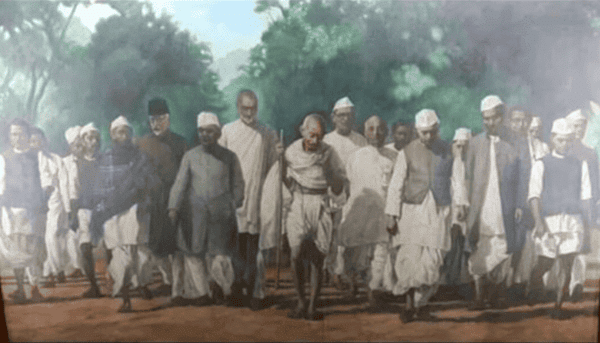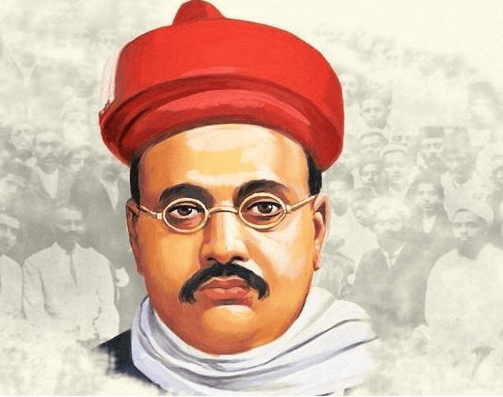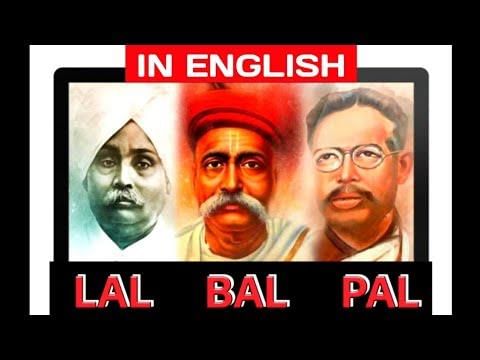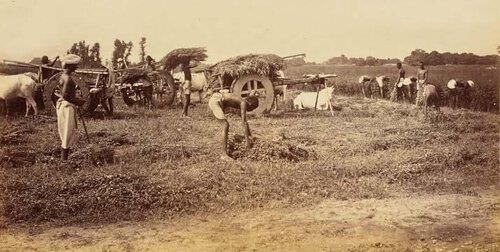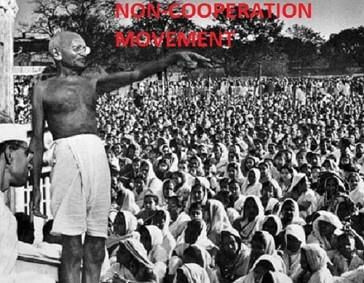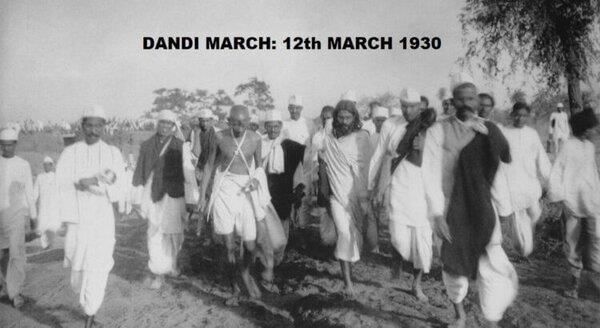|
Mahatma Gandhi is known as the 'Father of the Nation' due to his role in India's ___ and his methods of non-violent protest called ___. |
Card: 1 / 40 |
|
What significant political change did Gandhi advocate for in his first public appearance in India? |
Card: 3 / 40 |
|
He emphasized the need to address the plight of peasants and criticized the Indian elite for ignoring the laboring poor. 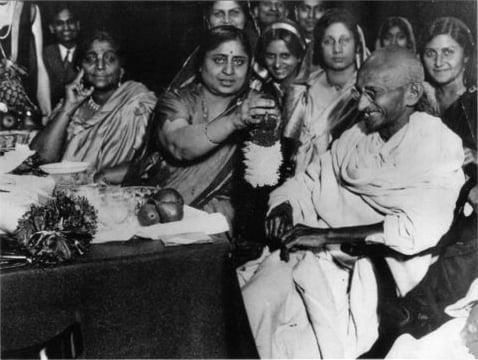 |
Card: 4 / 40 |
|
True or False: Gandhi returned to India in 1915 after living in South Africa for over two decades. |
Card: 5 / 40 |
|
Fill in the blank: Gandhi's political mentor was ___, who was known for advocating moderate approaches to political reform. |
Card: 7 / 40 |
|
Which leaders broadened the appeal of nationalism in India during Gandhi's time, known collectively as 'Lal, Bal, and Pal'? |
Card: 9 / 40 |
|
Short Answer: What was Gandhi's primary method of protest that he developed while in South Africa? |
Card: 11 / 40 |
|
What was the significance of Gandhi's speech at BHU in terms of Indian nationalism? |
Card: 13 / 40 |
|
Gandhi's speech at BHU signaled his intent to make Indian nationalism more inclusive and representative of the common people, emphasizing his commitment to both social reform and political activism. |
Card: 14 / 40 |
|
Fill in the blank: Gandhi's campaign in Champaran in 1917 secured rights for ___ farmers against British planters. |
Card: 15 / 40 |
|
True or False: The Jallianwala Bagh massacre resulted in the death of hundreds of armed protesters. |
Card: 17 / 40 |
|
False. The Jallianwala Bagh massacre resulted in the death of hundreds of unarmed protesters. 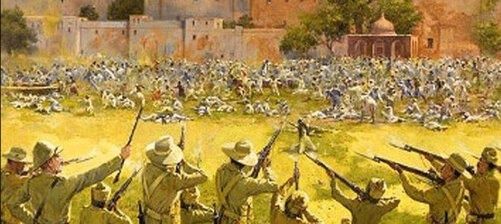 |
Card: 18 / 40 |
|
The primary objective of the Khilafat Movement was to restore the Caliphate in Turkey. |
Card: 20 / 40 |
 Unlock all Flashcards with EduRev Infinity Plan Starting from @ ₹99 only
|
|
Fill in the blank: The Non-cooperation Movement involved the boycott of ___ institutions and goods. |
Card: 21 / 40 |
|
True or False: The Non-cooperation Movement saw widespread participation from various sectors of Indian society. |
Card: 23 / 40 |
|
Explain how the Non-cooperation Movement aimed to unite Hindus and Muslims in India. |
Card: 25 / 40 |
|
The Non-cooperation Movement aimed to unite Hindus and Muslims by combining it with the Khilafat Movement, fostering a sense of shared purpose against colonial rule. |
Card: 26 / 40 |
|
The Non-cooperation Movement was called off in ___ due to the incident at Chauri Chaura. |
Card: 27 / 40 |
|
What title did many Indians start referring to Gandhi as during the non-cooperation movement? |
Card: 29 / 40 |
|
True or False: Gandhi's approach to Indian nationalism primarily focused on urban elites and their struggles. |
Card: 31 / 40 |
|
Fill in the blank: Gandhi's mass movement is also referred to as ___ nationalism. |
Card: 35 / 40 |
|
The primary goal was to protest against the British monopoly on salt production and sales, which was seen as an unjust tax affecting all Indians. 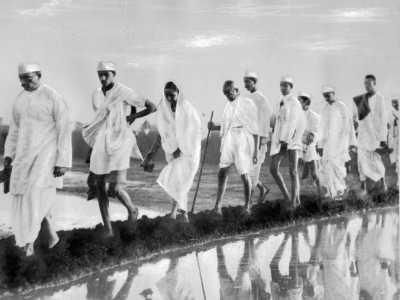 |
Card: 38 / 40 |





